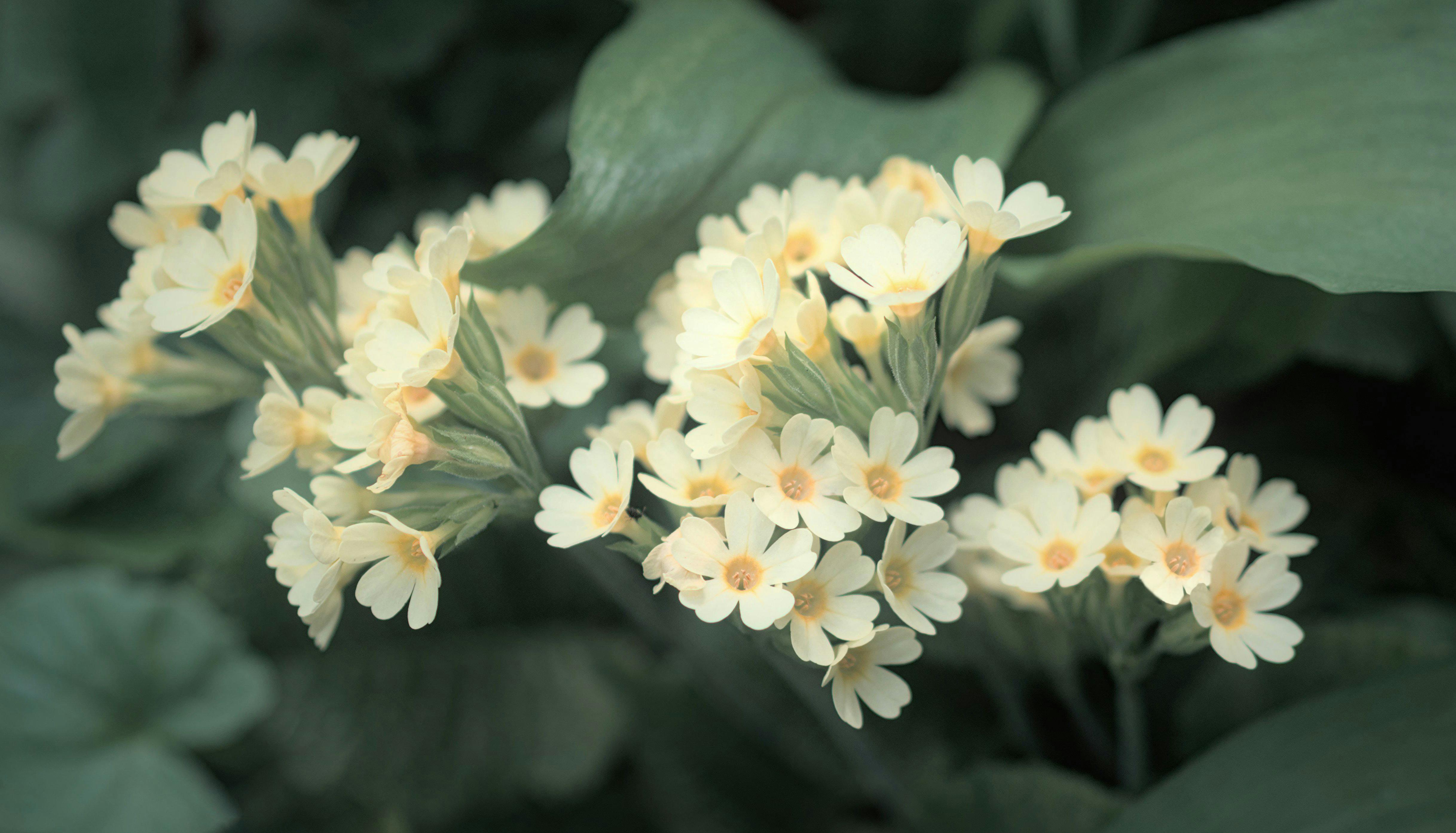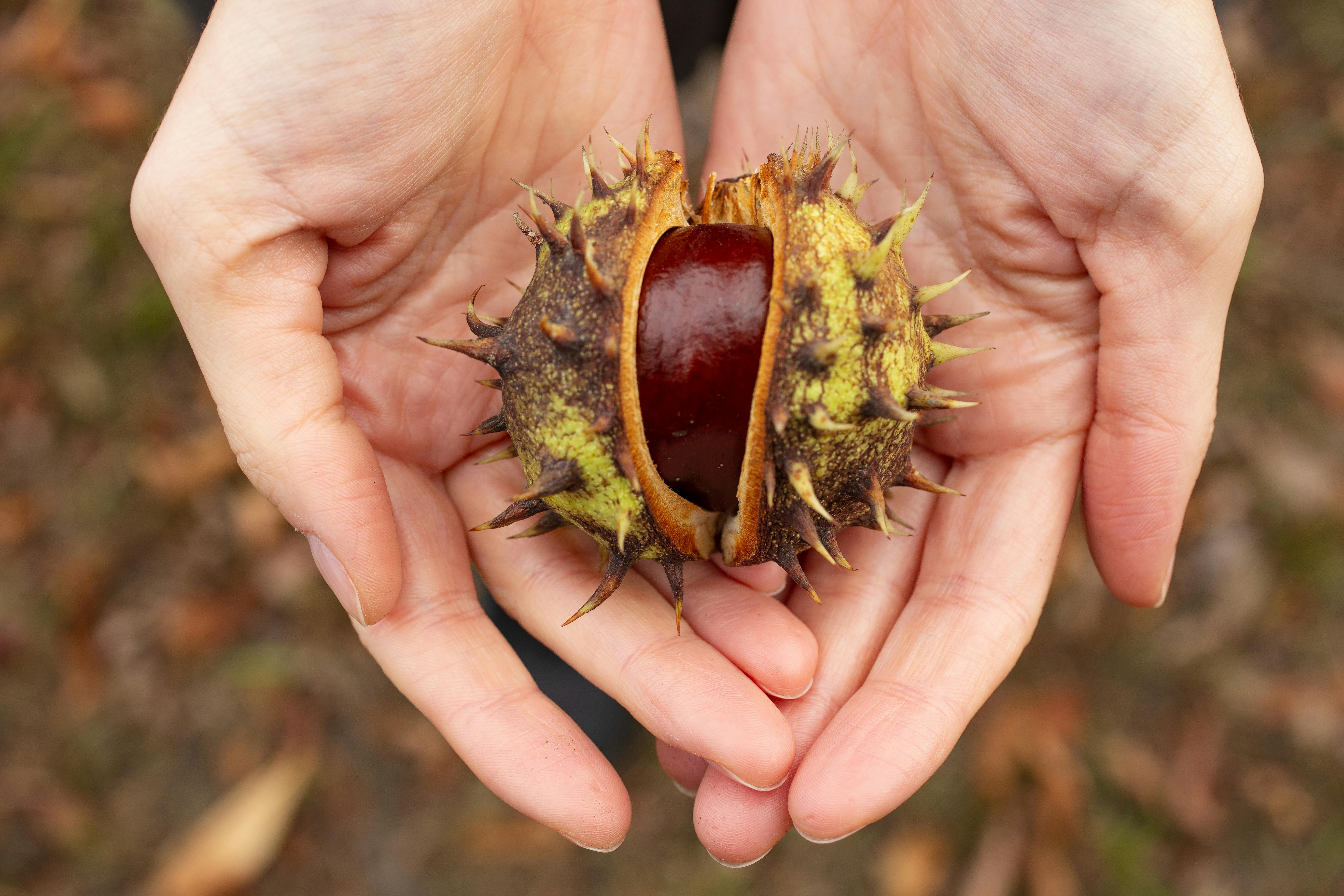Explore the World of Mr. Gardener
Understanding the Essence of Mr. Gardener
Mr. Gardener is an embodiment of nature’s quiet elegance, thriving at the intersection of aesthetics and horticulture. With a profound understanding of plant care and garden design, Mr. Gardener transforms ordinary spaces into breathtaking landscapes. His philosophy integrates sustainable gardening practices with innovative design, ensuring that every garden is not just beautiful but also environmentally friendly. The attention to detail and a deep knowledge of various plant species are what set Mr. Gardener apart as a leading figure in the gardening community.
The Philosophy Behind Mr. Gardener’s Creations
At the heart of Mr. Gardener’s principles lies the commitment to sustainability and biodiversity. By selecting native plants that flourish in local climates, Mr. Gardener minimizes water usage and enhances the natural ecosystem. For instance, implementing permaculture techniques allows for a self-sufficient garden that requires less maintenance while providing food and habitat for wildlife. These practices are vital in creating a harmonious balance between human intervention and nature, showcasing how gardens can be both functional and aesthetically pleasing.

Designing Your Own Mr. Gardener-Inspired Landscape
Creating a garden inspired by Mr. Gardener’s vision begins with a thoughtful design plan. First, assess the sunlight and space available in your yard. Select a variety of plants that reflect distinct seasons, ensuring there’s something to admire year-round. Incorporating pathways using natural stone and adding features like birdbaths or benches can enhance your garden’s usability and beauty. Use a color palette that complements your surroundings, and remember to include local flora to attract pollinators. With these elements, anyone can transform their outdoor area into a thriving sanctuary.
Mr. Gardener’s Top Plant Picks for Your Garden
Choosing the right plants is crucial in achieving the vibrancy and longevity associated with Mr. Gardener’s landscapes. Various plants serve diverse aesthetic and functional purposes in the garden. For example, perennial flowers like echinacea and black-eyed Susans offer bright splashes of color and attract beneficial insects. Integrating shrubs like hydrangeas can provide structure. Moreover, consider incorporating herbs such as basil or rosemary for both beauty and culinary enjoyment. Each plant choice is a step towards creating a cohesive and flourishing garden.
Planning for Seasonal Changes
A significant aspect of Mr. Gardener’s approach is planning for seasonal changes. To maintain year-round interest, select plants that bloom at different times of the year. For example, spring bulbs like daffodils herald the end of winter, while fall foliage from trees like maples showcases vibrant color. Creating layers in your garden with varying heights and types of plants can ensure that even during off-peak seasons, your garden maintains an engaging presence. It’s vital to continuously assess and adjust your plant selections based on seasonal performance.

Engaging with the Community through Gardening
Mr. Gardener believes in the power of community gardening initiatives. These projects not only beautify neighborhoods but also foster strong community ties. Participating in or starting a local gardening group can inspire collaboration, skill sharing, and learning opportunities. Consider hosting workshops or plant swaps to engage with others who share similar interests. By sharing resources and knowledge, community members can cultivate not just their gardens but also meaningful relationships.
Maintaining Your Mr. Gardener Landscape
Proper maintenance is essential to keep a garden looking its best. Regularly inspect plants for pests and diseases, and address any issues promptly to maintain overall health. Watering needs will vary depending on the season and plant type, so staying attuned to these requirements is crucial. Tending to soil health through mulching and composting enriches the ground, promoting better plant growth. Seasonal pruning helps shape plants and encourages new growth, ensuring that your garden evolves beautifully.
Tools and Techniques for Effective Gardening
Having the right tools makes a world of difference in managing a garden effectively. Essential tools include ergonomic hand tools, rakes, and watering systems that save time and reduce physical strain. Techniques like companion planting not only maximize space but also promote healthy growth, creating an organic pest management system. Applying practices such as crop rotation can keep your garden soil nutrient-rich while minimizing disease risk. Each technique contributes to the overall sustainability of your gardening efforts.
Creating a Garden Maintenance Schedule
To keep your garden thriving, establishing a maintenance schedule is a crucial step. Start by setting seasonal goals, such as when to plant, prune, fertilize, or mulch. Tailoring the schedule to your specific climate can significantly enhance your gardening experience. For example, create reminders for winter preparation tasks like covering sensitive plants with mulch. A well-planned schedule enables gardeners to stay organized and ensure that no essential task is overlooked. Monitoring progress can lead to gradual improvements and a thriving landscape.
Key Takeaways
- Mr. Gardener emphasizes sustainable practices and the preservation of biodiversity.
- Choosing a variety of plants enhances garden beauty and functionality throughout the seasons.
- Engaging with your community promotes gardening knowledge and fosters relationships.
- Proper maintenance and the right tools are keys to a successful garden.
- Establishing a maintenance schedule will help keep your garden healthy and thriving.
FAQ
1. What are the best plants for beginners inspired by Mr. Gardener?
For those just starting their gardening journey, Mr. Gardener recommends easy-to-grow plants such as marigolds, sunflowers, and herbs like mint or basil. These plants not only provide vibrant color and fresh aromas but are also relatively low-maintenance. Ensuring the selection is suited to the local climate enhances the success of these beginner-friendly options.
2. How can I make my garden more sustainable?
To make a garden more sustainable, start by using native plants, as they require less water and maintenance. Implement composting and mulching to enrich soil health and reduce waste. Additionally, capturing rainwater and practicing organic pest control can collectively minimize environmental impact while enhancing garden resilience and productivity.
3. What gardening tools should every gardener have?
Essential tools include a robust spade, trowel, pruning shears, and a watering can or hose with an adjustable nozzle. Having gloves to protect your hands and wearing a wide-brimmed hat provides comfort during outdoor work. These tools will make garden upkeep easier and more efficient, allowing you to focus on the plants.
4. Can designing a garden improve mental health?
Yes! Designing and tending to a garden has been shown to have significant mental health benefits. Engaging with nature reduces stress and fosters mindfulness. The act of caring for plants promotes a sense of accomplishment and satisfaction, enhancing overall well-being. Spending time outdoors can also encourage physical activity, which positively impacts mental health.
5. What role do community gardens play in urban settings?
Community gardens serve as vital green spaces in urban settings, providing residents with opportunities to grow their own food, learn new skills, and connect with each other. They help to reintegrate nature into city life, promoting biodiversity and nutrition while enhancing community spirit and collaboration.
